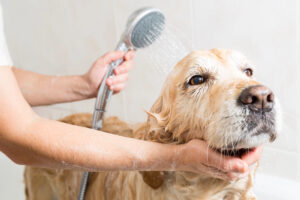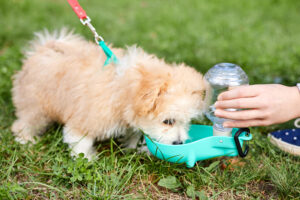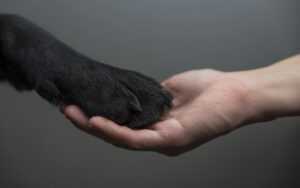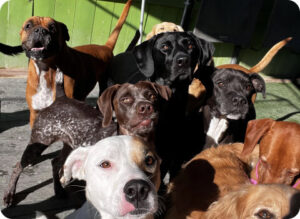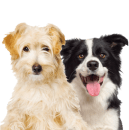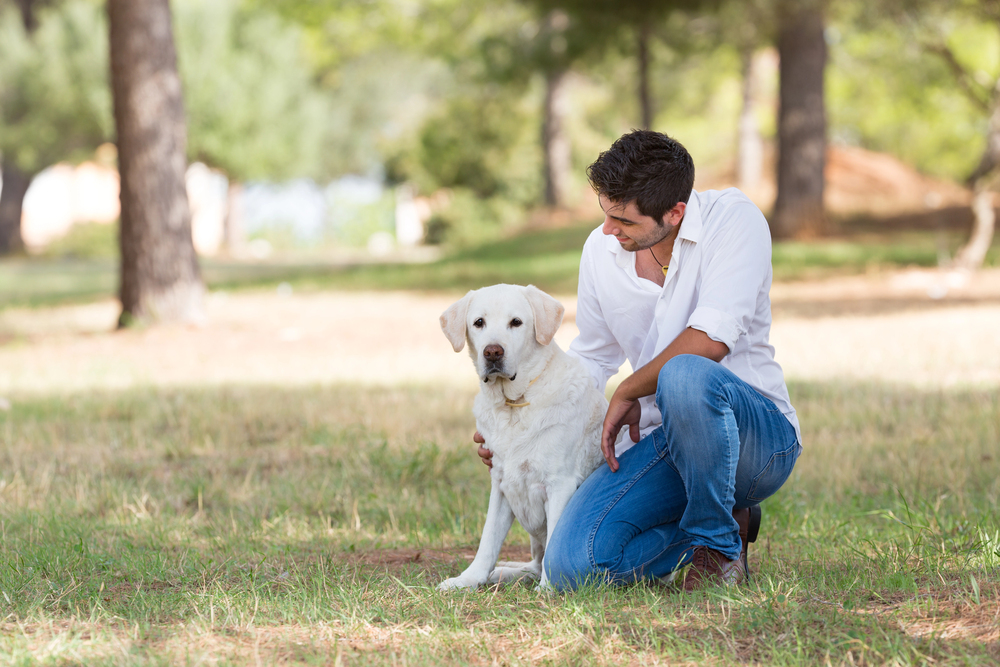
20 Tips to Keep Your Senior Dog Healthy and Happy
Aging is a natural part of life, and as your dog enters their golden years, they need a little extra TLC to stay happy and comfortable. Senior dogs bring so much love and loyalty, and caring for them well is one way to return the favor.
Whether it’s adjusting their diet, creating a cozy environment, or simply spending more quality time together, there’s plenty you can do to support your furry friend as they age.
This article will walk you through practical, easy-to-follow tips for keeping your senior dog healthy and happy.

Boarding Clients!*Discount does not apply during holiday/peak rate periods.

What Age is Considered Senior for Dogs?
Dogs are typically considered senior between 6–10 years of age, depending on their breed and size. Larger breeds like Great Danes may reach senior status as early as 5–6 years old, while smaller breeds like Chihuahuas often don’t age into their senior years until 10 or older.
Age isn’t the only factor in determining whether your dog is a senior—watch for changes in energy levels, mobility, or overall behavior. These subtle shifts often signal that your furry friend is transitioning into a new life stage.
Regular vet checkups can provide clarity on where they are in their aging journey and help you tailor their care accordingly.
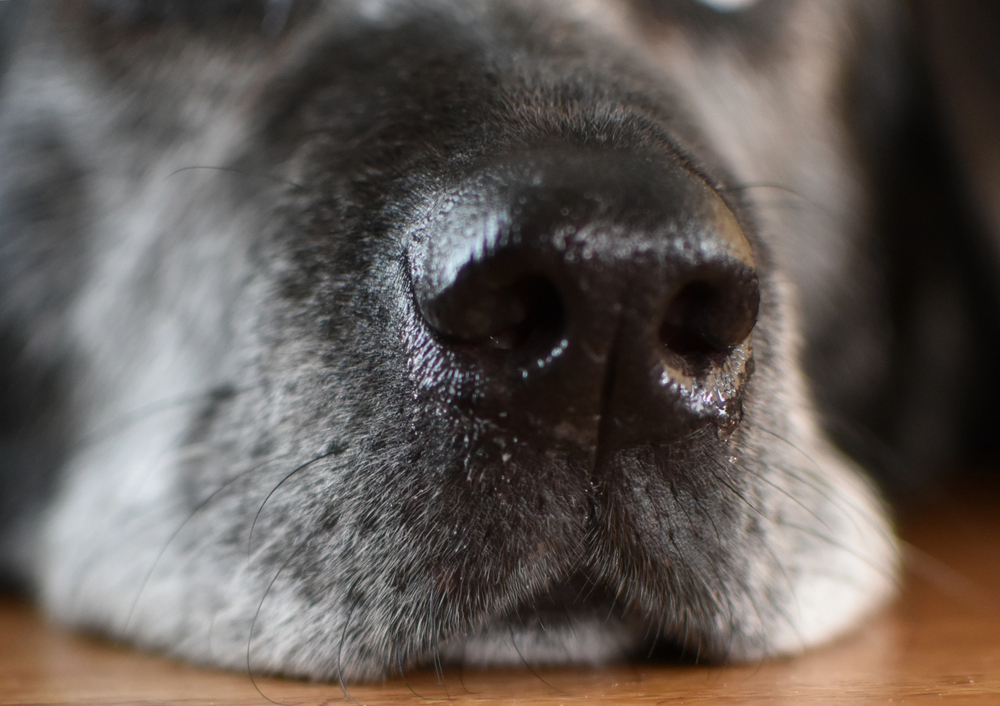
What Are Common Health Problems in Senior Dogs?
As dogs age, they become more prone to certain health issues. Knowing what to watch for can help you catch problems early and make their golden years more comfortable.
- Arthritis and joint pain
- Vision and hearing loss
- Cognitive decline (e.g., confusion or anxiety)
- Heart, kidney, or liver disease
- Dental problems
- Weight changes (gain or loss)
- Cancer
If you notice any of these issues, it’s important to consult your veterinarian for guidance and possible treatment options.
How to Keep Your Senior Dog Healthy and Happy
Aging doesn’t have to mean slowing down entirely. With a few adjustments to their routine and environment, senior dogs can thrive and enjoy life. Let’s explore practical tips to support their well-being.
1. Schedule Regular Vet Checkups
Regular checkups are one of the best ways to keep your senior dog in good health. As dogs age, they’re more prone to conditions like arthritis, heart disease, and kidney problems—issues that are easier to manage when caught early.
Aim for wellness exams at least twice a year. During these visits, ask your vet to run routine blood work and other diagnostic tests to monitor their overall health.
It’s also a great time to bring up any changes you’ve noticed, like decreased appetite, new lumps, or unusual behavior. These appointments can make all the difference in catching potential problems before they escalate.
2. Monitor Weight and Body Condition
Weight management plays a huge role in your senior dog’s quality of life. Excess weight puts added strain on their joints and can increase the risk of diabetes and heart disease. On the flip side, sudden weight loss may point to underlying health issues.
Keep an eye on their body condition by checking:
- Ribs: You should be able to feel their ribs without pressing too hard, but they shouldn’t be visible.
- Waistline: From above, their waist should taper slightly.
- Side Profile: A slight tuck in the belly is ideal.
If you notice any significant changes, talk to your vet. Small adjustments to portion sizes or switching to a senior dog food might be all they need.
3. Provide a Balanced Senior Diet
As dogs age, their metabolism slows down, and their nutritional needs change. Feeding a balanced senior diet can help maintain energy levels and support their joints and digestion.
Look for dog food that’s lower in calories to prevent weight gain but rich in fiber for better digestion. Ingredients like glucosamine, chondroitin, and omega-3 fatty acids can help support joint health and reduce inflammation. Many senior foods also contain added antioxidants to promote brain health.
The right time to switch to senior-formulated food varies by breed, but many dogs benefit from this transition around age 7. Always consult your vet for personalized recommendations based on your dog’s size, breed, and activity level.
4. Consider Supplements for Joint and Brain Health
Supplements can provide an extra layer of support as your dog ages, especially for their joints and cognitive function.
- Glucosamine and Chondroitin: These ingredients help protect cartilage and ease arthritis symptoms, improving mobility.
- Omega-3 Fatty Acids: Known for reducing inflammation, omega-3s can also promote brain health and support aging joints.
- Antioxidants: Some supplements, like SAM-e and vitamin E, may help improve memory and slow cognitive decline.
Not all supplements are created equal, so always discuss options with your vet before adding anything new to your dog’s routine. They can recommend trusted brands that are safe and effective.
5. Maintain Dental Hygiene
Good dental care isn’t just about fresh breath—it plays a huge role in your dog’s overall health. Poor dental hygiene can lead to gum infections, tooth loss, and even heart and kidney problems as bacteria enter the bloodstream.
Brush your dog’s teeth daily using a dog-safe toothpaste and soft-bristled toothbrush. If brushing isn’t an option, dental chews and water additives can help reduce plaque and tartar buildup. Professional cleanings may also be necessary, so ask your vet how often your dog should have one based on their dental health.
Avoid giving your senior dog hard bones or chews that could damage their teeth. Soft, vet-approved dental treats are a safer choice and still help keep their mouth clean.
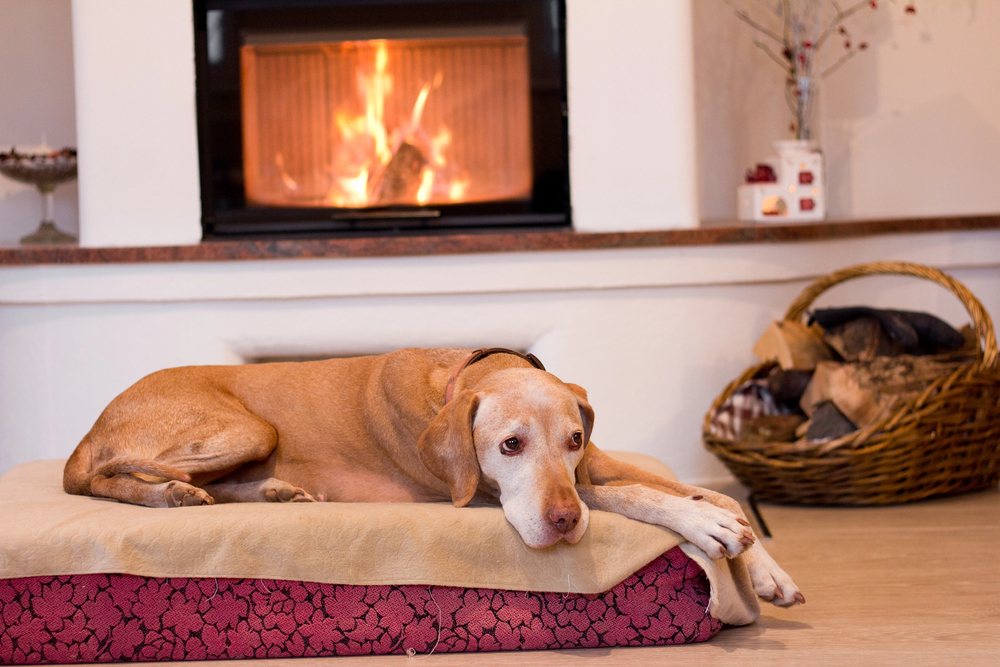
6. Watch for Signs of Pain and Discomfort
Dogs are masters at hiding pain, so spotting subtle signs can make all the difference. Pay attention to changes in their movement, appetite, or mood.
What to watch for:
- Limping or trouble getting up.
- Reluctance to jump or climb stairs.
- Whining, pacing, or avoiding touch.
- Loss of interest in walks or playtime.
If something feels off, don’t shrug it off. Even minor changes can point to joint pain, dental problems, or underlying illnesses. When in doubt, have your vet take a closer look.
7. Adapt Exercise Routines
Exercise is just as important for senior dogs, but it might need a gentler approach. High-impact activities can strain aging joints, so focus on low-impact options like short walks or swimming.
Tips for keeping them moving:
- Swap long hikes for shorter, frequent strolls.
- Try swimming if they enjoy the water—it’s easy on the joints.
- Incorporate gentle games like “find the treat” to add fun and movement.
The goal is to keep them active without overdoing it. If your dog seems stiff or tired after activity, it may be time to scale back or try a different approach.
8. Provide Mental Stimulation
Keeping your dog’s mind active can be just as important as physical exercise, especially as they age. Mental stimulation helps prevent boredom, reduces anxiety, and may even slow cognitive decline.
Ideas to engage their brain:
- Puzzle toys that make them work for treats.
- Hide-and-seek games with their favorite snacks.
- Teaching new tricks or reinforcing old ones—they’re never too old to learn.
Dogs love having a job to do, even if it’s just sniffing out a treat hidden under a cup. A little brain exercise can go a long way in keeping their tail wagging.
9. Groom Regularly and Check for Lumps
Grooming isn’t just about keeping your dog looking sharp—it’s also a chance to check for lumps, bumps, or skin changes that might need attention.
Brush their coat regularly to prevent matting, especially if their fur is prone to tangles. Use the time to check their skin for any oddities, like swelling or discoloration. If you find something suspicious, snap a picture and show it to your vet.
Don’t forget nail trims, too! Overgrown nails can make walking painful and even affect their posture over time.
10. Create a Senior-Friendly Environment
As your dog ages, stairs can feel like mountains and slippery floors like ice rinks. A few adjustments at home can make life easier for them.
- Add non-slip rugs to help with traction.
- Use ramps for beds, couches, or cars.
- Place food and water bowls at a comfortable height.
Think of it like senior-proofing your home—small changes can make a big difference in comfort and safety.

11. Offer Comfortable Bedding
Old joints need extra support, and a soft bed can do wonders. Orthopedic dog beds with memory foam are great for reducing pressure points and easing joint pain.
Place their bed in a warm, quiet spot away from drafts or noisy areas. If they’re prone to accidents, consider a waterproof liner for easy cleanup.
12. Protect Against Extreme Temperatures
Senior dogs aren’t as good at regulating their body temperature, so they may need a little extra help staying comfortable.
- In Winter: Add a coat or sweater for walks and keep outings short.
- In Summer: Avoid hot pavement, stick to shady areas, and provide plenty of water.
Keep an eye out for signs of heatstroke or hypothermia, and always have a warm blanket or cooling mat handy, depending on the season.
13. Support Mobility with Aids
If arthritis or joint issues slow your dog down, mobility aids can give them the boost they need to stay active.
Options include:
– Ramps or pet stairs to help them get on the couch or into the car
– Support harnesses for easier walks.
– Toe grips or booties for better traction on slick floors.
These tools can help them move around without adding stress to their joints.
14. Maintain a Routine for Stability
Dogs love routines—they’re comforting and predictable. Senior dogs, in particular, benefit from a steady schedule for meals, walks, and playtime.
Sudden changes can cause stress, so keep their days as consistent as possible. If adjustments are necessary, ease them in slowly to avoid confusion or anxiety.
15. Keep Their Vision and Hearing in Check
It’s common for older dogs to experience vision or hearing loss, but it doesn’t mean their quality of life has to take a hit.
- Use hand signals along with verbal commands to help with hearing loss.
- Avoid rearranging furniture to keep things familiar for dogs with vision problems.
- Add night lights to help them navigate in low light.
A little extra thought can help them feel more confident moving around.

16. Address Cognitive Decline
Dogs can experience something similar to dementia, called Canine Cognitive Dysfunction (CCD). Signs might include confusion, pacing, or getting stuck in corners.
How to help:
- Stick to a routine to reduce anxiety.
- Use interactive toys to keep their brain active.
- Talk to your vet about medications or supplements that may slow cognitive decline.
17. Ensure Proper Hydration
Senior dogs can be prone to dehydration, especially if they have kidney issues. Always keep fresh water available and monitor how much they’re drinking.
If you notice a sudden increase or decrease in water consumption, it could signal a health problem, so be sure to mention it at their next vet visit.
18. Offer Love and Emotional Support
At the end of the day, your dog just wants to feel loved. Aging can sometimes make dogs more anxious or clingy, so be patient and offer plenty of snuggles and reassurance.
Simple things like extra belly rubs or sitting with them during storms can go a long way in keeping their spirits high.
19. Introduce Alternative Therapies
For dogs dealing with chronic pain or stiffness, alternative therapies can make a big difference.
Options to explore:
- Acupuncture and massage therapy.
- Laser treatments for pain relief.
- CBD products (vet-approved) for inflammation or anxiety.
Always talk to your vet before trying anything new, especially if your dog is on medication.
20. Consider Pet Insurance for Senior Dogs
Vet bills can add up quickly as dogs get older, especially if they develop chronic conditions. Pet insurance can help ease the financial burden and give you peace of mind.
Look for plans that cover age-related conditions, and review any exclusions for pre-existing issues before signing up.
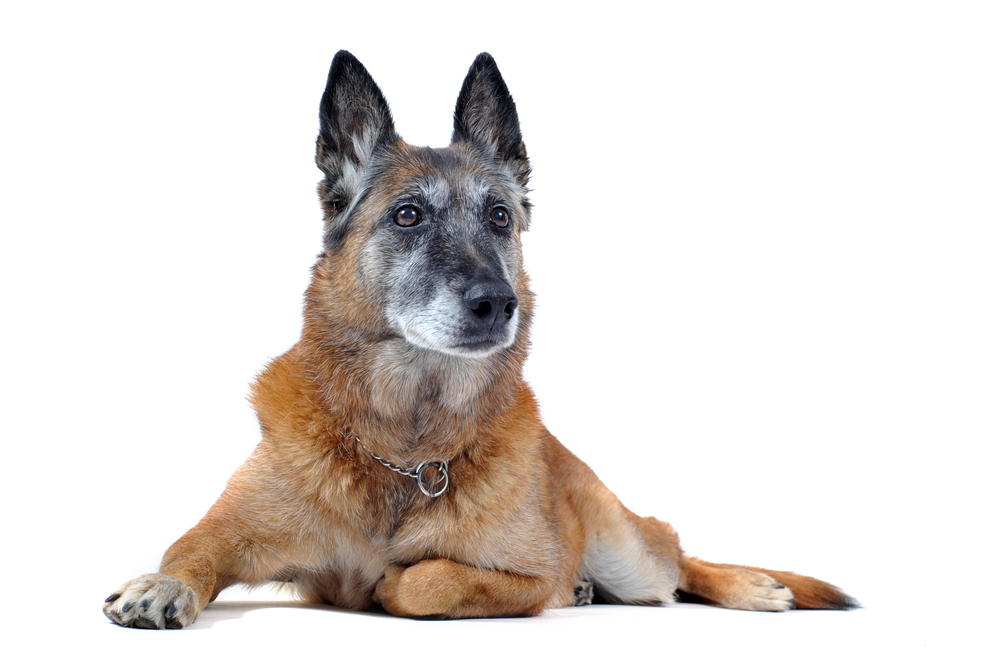
Conclusion
Caring for a senior dog means providing comfort, security, and love as they age. Regular vet visits, a balanced diet, cozy beds, and mental stimulation can make a big difference in their quality of life. Watching for signs of pain, maintaining a healthy weight, and supporting mobility will help keep them happy and active.
Simple moments—like a gentle walk, a puzzle toy, or a cuddle—mean the world to your dog. With the right care, they can enjoy many more tail-wagging days.
Fon Jon Pet Care has been a trusted provider of pet services in San Diego since 1950. From dog daycare and boarding to group play, they offer a safe and fun environment where pets can thrive.




